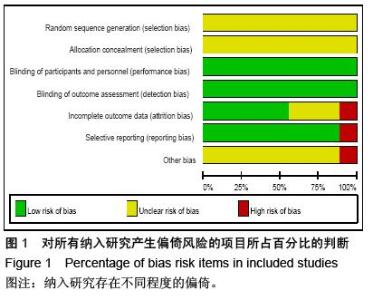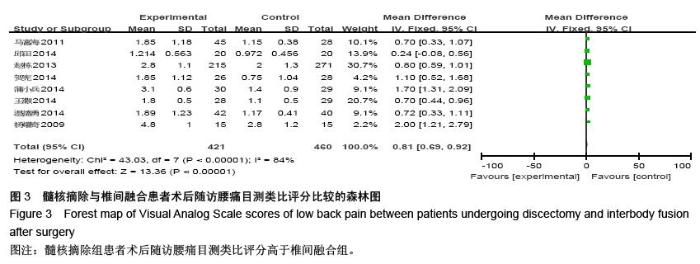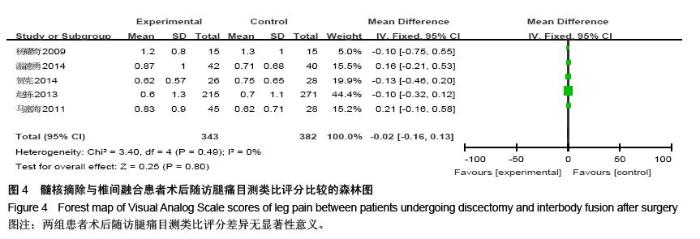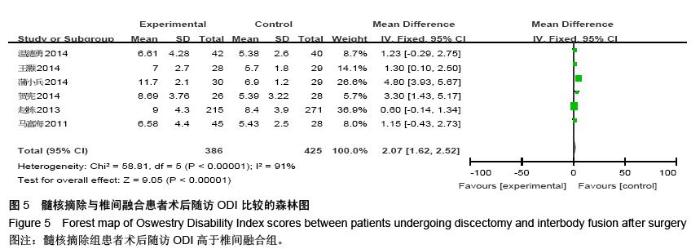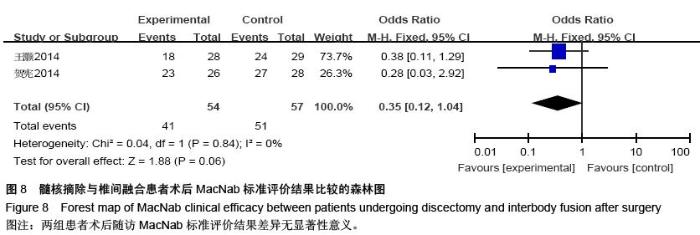| [1] Corniola MV, Tessitore E, Schaller K, et al. Lumbar disc herniation-diagnosis and treatment. Rev Med Suisse. 2014;10(454):2376-2382.
[2] Shin BJ. Risk factors for recurrent lumbar disc herniations. Asian Spine J. 2014;8(2): 211-215.
[3] De Roos A, Kressel H, Spritzer C, et al. MR imaging of marrow changes adjacent to end plates in degenerative lumbar disk disease. AJR Am J Roentgenol. 1987;149(3): 531-534.
[4] Modic MT, Steinberg PM, Ross JS, et al. Degenerative disk disease: assessment of changes in vertebral body marrow with MR imaging. Radiology. 1988;166(1 Pt 1): 193-199.
[5] 韩超,马信龙,马剑雄,等.MRI上腰椎终板信号改变的影响因素分析—性别、体重、劳动量及吸烟与Modic改变的相关性[J].中国脊柱脊髓杂志, 2011,21(3):222-225.
[6] Jensen OK, Nielsen CV, Sørensen JS, et al. Type 1 Modic changes was a significant risk factor for 1-year outcome in sick-listed low back pain patients: a nested cohort study using magnetic resonance imaging of the lumbar spine. Spine J. 2014;14(11): 2568-2581.
[7] 贺宪,黄东生,梁安靖,等. 椎体间融合术与单纯髓核摘除术治疗合并Modic Ⅱ型改变的单节段腰椎间盘突出症的疗效比较[J].中国脊柱脊髓杂志, 2014,24(11):1007-1012.
[8] 马富海,吴小涛,洪鑫,等.不同术式治疗伴终板Modic改变的腰椎椎间盘突出症的疗效分析[J]. 脊柱外科杂志, 2011, 9(2): 69-73.
[9] 蒲小兵,周强,杨双石,等. MED与微创TLIF治疗伴Modic改变的腰椎间盘突出症的对比研究[J].中国骨科临床与基础研究杂志,2014,6(2):79-83.
[10] 邱田.探讨终板Modic改变对两种不同手术治疗腰椎间盘突出症临床疗效的影响[J].山东中医药大学,2014.
[11] 王灏.伴终板Modic改变腰椎间盘突出症术式选择及其对疗效的影响研究[J].长治医学院学报, 2014,28(3): 210-212.
[12] 温德勇.不同手术方式治疗腰椎间盘突出伴Modic改变的临床疗效研究[J].中国实用医药, 2014,9(23): 18-19.
[13] 许立臣,胡大鹏,于一民,等. Modic改变腰椎间盘突出症MED与附加椎间融合的疗效对比[J].中外医学研究, 2013, 11(16): 14-15.
[14] 杨耀琦,曹鹏,潘玉涛,等.伴终板改变的腰椎间盘突出症的手术方式选择[J].中华医学杂志,2009, 89(27):1902-1906.
[15] 赵栋,邓树才,马毅,等.Modic改变对腰椎间盘突出症手术方案选择的影响及疗效分析[J]. 中华医学杂志, 2013. 93(39): 3111-3115.
[16] Sørlie A, Moholdt V, Kvistad KA,et al. Modic type I changes and recovery of back pain after lumbar microdiscectomy. Eur Spine J. 2012;21(11): 2252-2258.
[17] Burke JG, Watson RW, McCormack D, et al. Intervertebral discs which cause low back pain secrete high levels of proinflammatory mediators. J Bone Joint Surg Br. 2002;84(2): 196-201.
[18] Shan Z, Fan S, Xie Q, et al. Spontaneous resorption of lumbar disc herniation is less likely when modic changes are present. Spine(Phila Pa 1976). 2014;39(9): 736-744.
[19] Peterson CK, Pfirrmann CW, Hodler J. Are Modic changes related to outcomes in lumbar disc herniation patients treated with imaging-guided lumbar nerve root blocks? Eur J Radiol. 2014;83(10): 1786-1792.
[20] 唐少龙,叶招明,黄庆华,等.腰椎终板Modic改变与腰椎退变的相关性研究[J].临床骨科杂志,2015,18(4):394-397.
[21] Albert HB, Sorensen JS, Christensen BS, et al. Antibiotic treatment in patients with chronic low back pain and vertebral bone edema (Modic type 1 changes): a double-blind randomized clinical controlled trial of efficacy. Eur Spine J. 2013;22(4): 697-707.
[22] 梅向东,杨波,熊新富,等.小切口开窗术治疗腰间盘突出症合并腰椎管狭窄45例临床分析[J].吉林医学,2015,36(5):933.
[23] 何江涛,龙练,杨鑫.单侧椎弓根钉固定治疗伴Modic改变的腰椎间盘突出症[J].颈腰痛杂志, 2015,36(1): 83-85.
[24] Zhu Y, Zhang Y, Fang J, et al. Mid-term outcomes of unilateral pedicle screw fixation with lumbar interbody fusion for lumber degenerative diseases. Zhonghua Yi Xue Za Zhi. 2014;94(17):1326-1329.
[25] Bono CM, Lee CK.Critical analysis of trends in fusion for degenerative disc disease over the past 20 years: influence of technique on fusion rate and clinical outcome. Spine (Phila Pa 1976). 2004;29(4): 455-463.
[26] Weiner BK, Vilendecic M, Ledic D, et al. Endplate changes following discectomy: natural history and associations between imaging and clinical data. Eur Spine J. 2014;24(11):2449-2457.
[27] Rahme R, Moussa R, Bou-Nassif R, et al. What happens to Modic changes following lumbar discectomy? Analysis of a cohort of 41 patients with a 3- to 5-year follow-up period. J Neurosurg Spine. 2010;13(5): 562-567.
[28] 苏旭泽,郭鹏飞,李欢乐.腰椎间盘突出症合并Modic退变的临床观察[J].医药前沿, 2013,(28): 239-240.
[29] 万安营,唐淼,芦磊磊,等.腰椎Modic改变对腰椎间盘突出症患者术后症状的影响[J].实用骨科杂志, 2015,21(2): 101-104.
[30] 鄢家强,韩建华,周鑫.不同手术方式治疗腰椎间盘突出伴有Modic改变的临床疗效研究[J]. 现代诊断与治疗, 2014, 25(9): 2028-2029.
[31] 蒲小兵,周强杨,双石,等. MED与微创TLIF治疗伴Modic改变的腰椎间盘突出症的对比研究[J].中国骨科临床与基础研究杂志, 2014,6(2): 79-83.
[32] Ohtori S, Yamashita M, Yamauchi K, et al. Low back pain after lumbar discectomy in patients showing endplate modic type 1 change. Spine (Phila Pa 1976). 2010; 35(13):E596-600.
[33] 杨金丰,冯立卫,杨鹏.显微镜辅助下微创髓核摘除及终板电凝治疗伴Modic改变腰椎间盘突出症[J].现代中西医结合杂志, 2015, 24(1):63-64,69.
[34] 李涛,陈兆军,贺明伟,等.经皮穿刺臭氧消融在治疗伴有MODIC改变体会[J].医学信息, 2014,27(35): 251.
[35] Hutton MJ, Bayer JH, Powell JM. Modic vertebral body changes: the natural history as assessed by consecutive magnetic resonance imaging.Spine (Phila Pa 1976). 2011;36(26): 2304-2307.
[36] 王卫,谭祯孝,武可,等.基于终板 Modic改变选择手术方案治疗腰椎间盘突出症的疗效观察[J].临床合理用药杂志, 2015,8(5A):105-106. |


